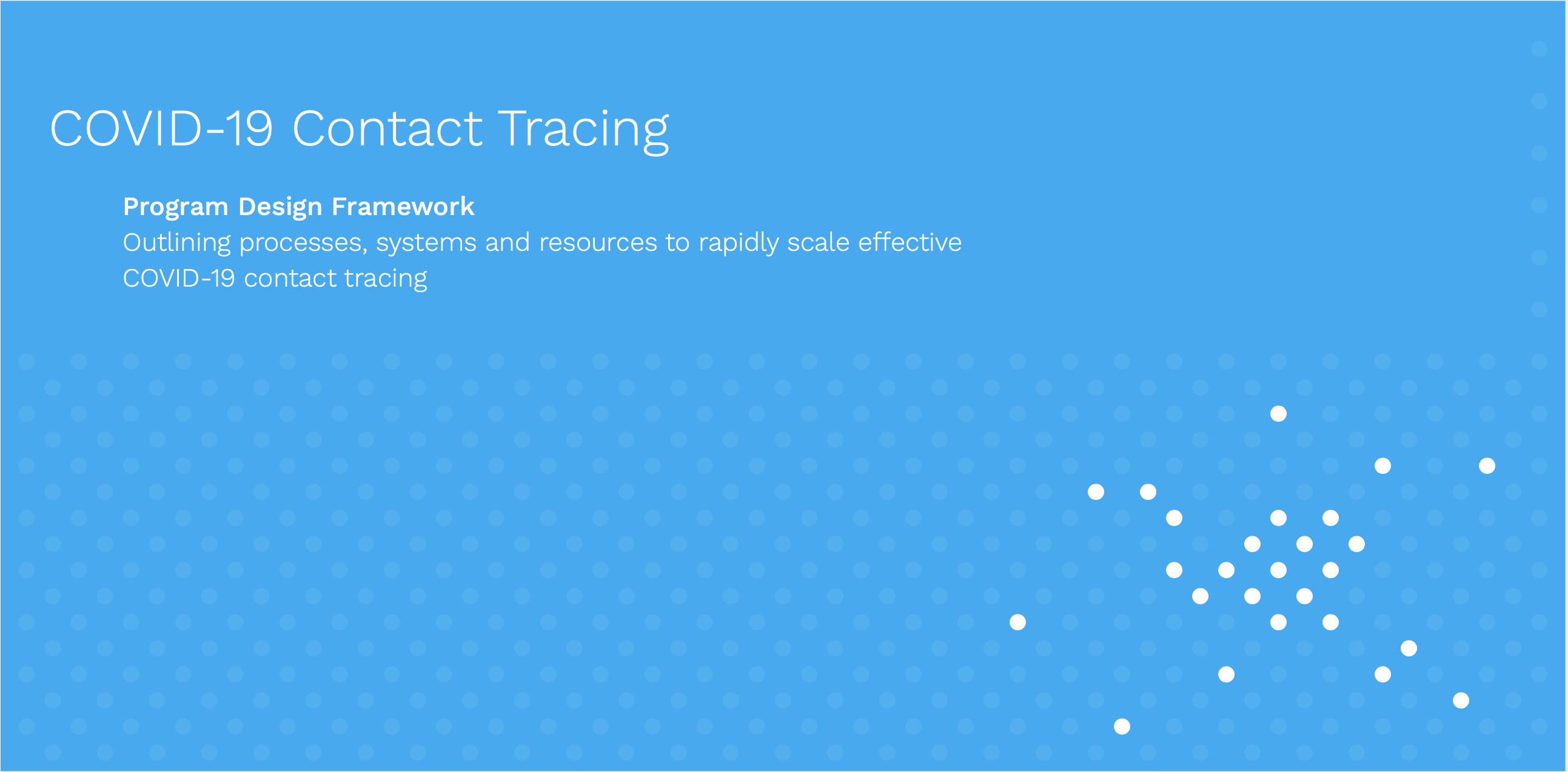The following article represents the opinions of a medical professional, regarding the recent outbreak of Zika Virus.
While sitting in my clinical office in Kampala, Uganda, the international news sounded the alarm about a new major outbreak across the Americas, being caused by a little known virus. Strict travel guidelines from governments to its residents of affected countries were being made, including an unprecedented call for women to delay pregnancy for two years and avoid unprotected sex with husbands, who were in or had just returned from high risk countries. Many of us, in Africa, were still thinking this was “an outbreak in outside countries”, but we were rudely awakened to learn it was closer to home than we had imagined.
While the Zika virus is new to the media and audience of the Americas, it has a storied past in my home country. Named after the Zika forest in Kisubi, it is less than an hour drive from my Kampala office. It was accidentally discovered in 1947 by a group of scientists at the then Uganda Virus Research Institute when they were studying mosquitoes that spread yellow fever. Since it caused mild disease, low grade fever, general weakness, joint pains, and mild headaches, with no fatalities, it did not impress the scientists to study it further and deeper.
In subsequent years, after the Ugandan discovery, the disease was observed in Gabon, Sierra Leone, Central African Republic (CAR), and Egypt. In the same time period, evidence of human infection extended to the East in India, Thailand, Vietnam, and Philippines. This spread coincides with the time of post-independence wars across Africa and Asia. In the last thirty years, Zika remained under the radar, as governments were preoccupied with the fight against a more virile virus, HIV/AIDS, and poor health care systems and limited medical research, especially due to the civil unrest. Doctors in the African region habitually treated “slide negative” malaria. Who knows? Some of these could have been Zika fever, since most of us have not been looking out for it!
After nearly 70 years away from the global spotlight, the virus festered undetected, until it made the leap from French Polynesia to South America and now up the Caribbean towards the United States. And while common presentation of Zika is mild, the complications are debilitating and deadly. Among those who get serious complications is a paralyzing disease Gullaine Barre Syndrome (GBS). Other neurological complications, like encephalitis (inflammation of the brain) and microcephaly (small head) in babies born to infected mothers, have identified with a convincing cause-effect relationship. In my practice, I have managed a few cases of GBS. Whether or not their cause was Zika was not established, since we don’t routinely screen for it.
While there seems to be a growing hype around the Zika Virus, I wonder if its ability to spread quietly and cause suffering among underrepresented groups will allow for proper funding into necessary research. Robust understanding of the Aedes mosquito and the lifestyle of the Zika virus in mosquito and in humans still must be elaborated. Convincing evidence of different modes of the spread of this virus from human to human and mosquito to human must be fully comprehended for progress to be made. This work need not be isolated to one side of the world. Scientific and health communities in the Americas can engage with us at the origin site in Africa and Asia to share novel knowledge and best practices on routine screening and prevention of this virus. An approach encompassing all the above will be required to control spread of the fever, discovered a generation ago in my own backyard.






